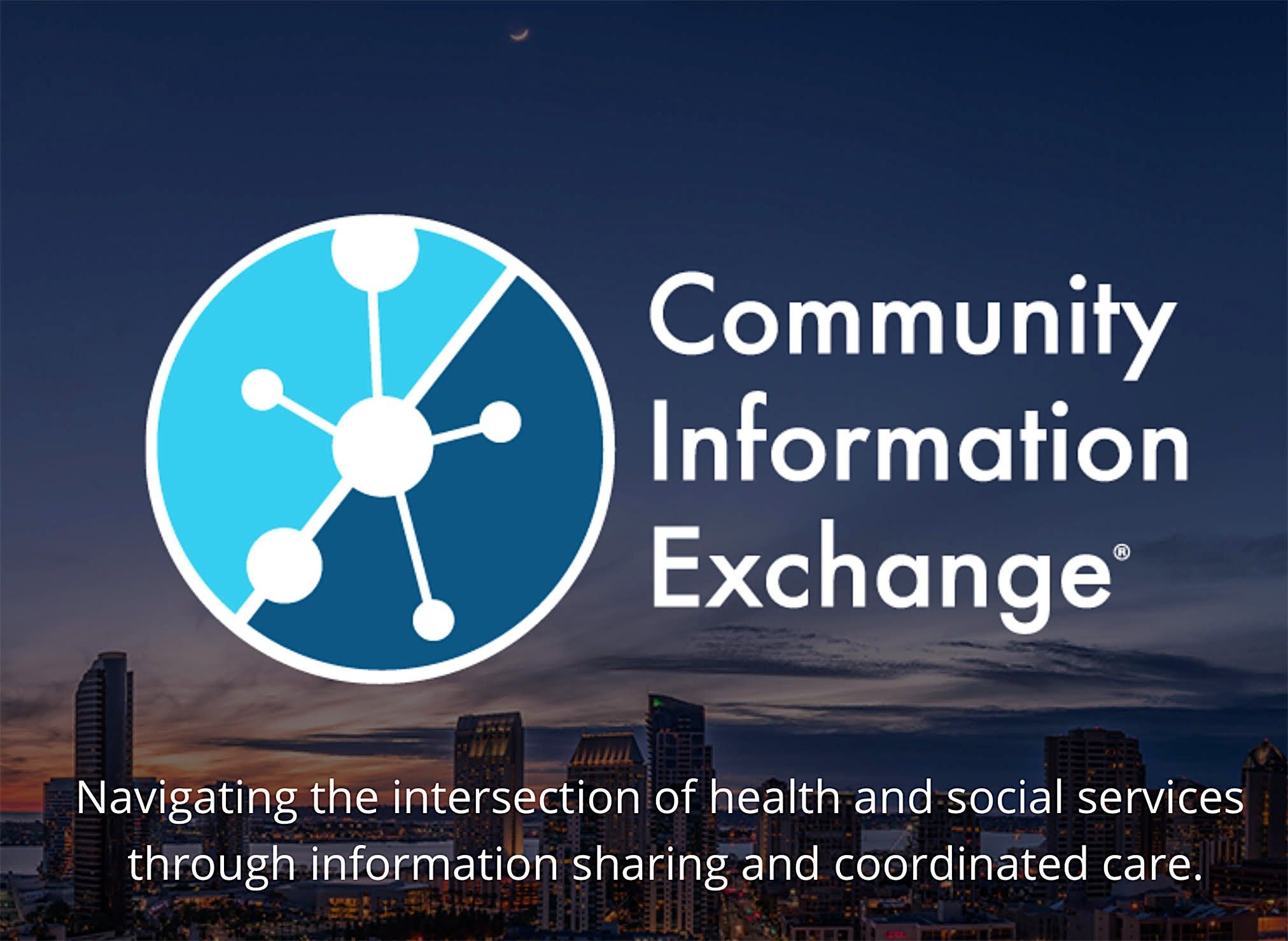CIE and 2-1-1 San Diego

Communities across the country have joined a nationwide movement to use data to promote individual well-being as a foundation for a more holistic approach to community health.
As this movement has taken root, more communities have begun to initiate innovative cross-sector partnerships that share data to improve real-time care coordination, reduce the use of costly public services, inform public policy, and support individuals’ progress in achieving health, social connectedness, housing stability, and other quality of life indicators.
Communities that have been deeply engaged in developing collaborative approaches to care, such as 2-1-1 San Diego’s Community Information Exchange (CIE), have an opportunity to share lessons learned and best practices to encourage, inspire, and educate others to join the CIE movement to break down barriers across sectors to improve population health.
EVER-CHANGING RESOURCE DATABASE
The pandemic has changed the nature of social services delivery. As in-person, direct services have quickly shifted to accommodate social distancing requirements, more remote services are in place. The ability to monitor which services are available is key to helping people and supports the timely access of the best and most appropriate help and information.
CIEs are built on the understanding that up-to-date information is core to connecting people to services. The CIE becomes the primary source of information, providing real-time updates to service listings as operations during COVID-19 may be variable due to the nature of the pandemic.
CIE San Diego Example: CIE San Diego has created a virtual space called Knowledge, a feature that allows the sharing of up-to-date information specific to COVID-19-related services with the community. Knowledge has been used internally for 2-1-1 San Diego to respond to phone calls from the public about community-based resources, but allows for shared communication across the provider network, including highlighting resources available for pandemic relief such as hotel availability for homeless with symptoms and legal support for updated policy changes like eviction moratoriums and other communication.
CROSS-SECTOR COLLABORATION
Communication and collaboration are key to keeping services operational. Leveraging a network of providers, the CIE is able to share and communicate ongoing unmet needs and trends to organize and shift needed services and capacity support. This dynamic also allows healthcare providers utilizing telehealth to use the CIE to gain more insight into a person’s needs, absent an in-person interaction.
CIE San Diego Example: In order to collaborate on shared approaches, the Partner Network increased the frequency of their communication interactions, opting to meet bi-weekly instead of monthly to communicate about observed community trends, resource and service needs, and unmet community needs. The Network
also agreed to survey the over 80 partners on joint efforts around trending needs, like over-the-phone application assistance. More frequent touchpoints and collecting of this partner data allowed for more strategic collaboration on shared approaches to meeting client needs and the pursuit of joint funding opportunities.
INFRASTRUCTURE
Social services have long been underfunded and overburdened, with the expectation of “do more with less.” During COVID-19, there have been similar expectations for community-based organizations to meet client demands with limited resources. Further, in anticipation of a second wave of COVID-19 infections, more robust infrastructure is needed through capacity-building, technology, and coordination.
CIEs operate out of a grassroots-based shared governance structure, which can be leveraged to support the organizational and fiscal capacity of community-based organizations. Through the trend and needs of the community, collective efforts leveraging the CIE results in efficiencies, shared frameworks, and access to programs that meet the identified demand of services.
CIE San Diego Example: CIE San Diego data trends showed an increased need among low-income individuals who had symptoms of COVID-19 or who were at-risk of contracting COVID-19 but lacked access to pick up basic items like groceries. In collaboration with multiple CIE partners, a shared resource was created to support delivery of food to these households to support quarantine measures that were in place and to decrease the risk of exposure for these families. Through this partnership, each organization played a specific role (e.g., onsite food storage, transportation, supply of food boxes, etc.), leveraging existing strengths and expertise to respond quickly. Although this service was created as a result of COVID-19, the infrastructure now exists to replicate this process for future public health emergencies.





